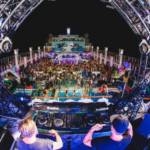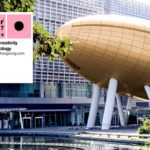The Rise of Asian Artists and Music Festivals in Asia
Emerging stars from the Indie and Electronic Music Scene in Asia are giving K-pop a run for its money. Why K-pop though?
Emerging stars from the Indie and Electronic Music Scene in Asia are giving K-pop a run for its money. Why K-pop though?
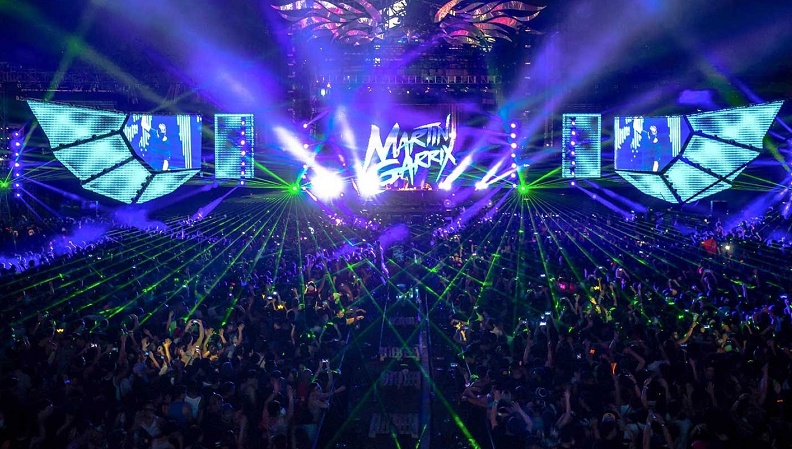
There’s a shift in discussions over the last 12 months within the executive groups in the music business. Where discussions used to be about the rise of the K-pop wave and how its culture and acts are being exported to other parts of the world, the topics are now turning towards China and its growing middle class, insurmountable talents hidden in Indonesia, demand for Japanese bands in Indonesia, expansion of lifestyle festivals in the region, the comeback of Canto-pop, the rise of Indie bands and the demand for electronic music among millennials.
Music from South Korea has been dominating the Asian entertainment scene for over a decade. Acts are trained to fulfil a whole entertainment ecosystem to feed the demand for drama on TV, live performances and also talk shows. Although it is seeing revenue in exporting the content, people are gradually turning their interest to other formats, styles and tastes of music.
However, the rest from Southeast Asia to China, with powerful amalgam of economic development and social media, the scene is gradually changing and the game is evolving at an incredibly fast pace. New stars from diverse backgrounds and musical styles are being announced almost every week and live events and festivals are mushrooming all over the region in line with a growing middle class and audiophiles from the world over.
While electronic music may be used to be an underground choice for those seeking new forms of freedom and voice for discontent, it is officially garnering mainstream audiences that flock to festivals like STORM Festival in China. A2LiVE is building a mothership for everything electronic. From broadcast content to live music, its expansion to 2nd and 3rd tier cities in China is just the beginning of its conglomeration of the electronic dance scene. It has also recently announced STORM Australia and Taiwan.
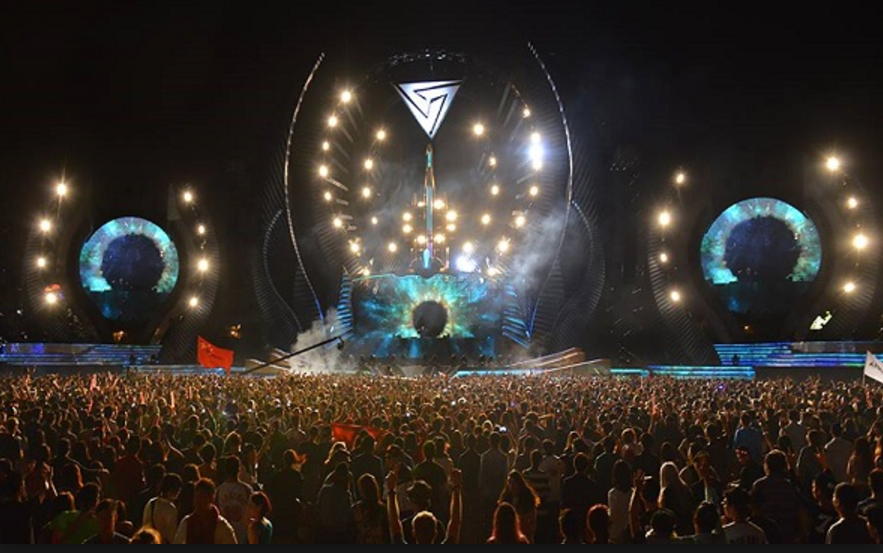
STORM Shanghai Festival
Electronic dance music remains as one of the more popular genres in Asia and has been part of the main headliners for many festivals in the region. While there are a growing number of DJs available for booking, there are also more agencies that book electronic music and DJs. Laneway Festival in Singapore dedicates a smaller stage away from the main stage just for this genre alone and attracts a large crowd every year.
So, what’s making these festivals so popular apart from its music line-up? Festivals are no longer for music lovers only. Festival organisers have figured out that the only way to expand is to provide a more diverse festival programme and affordable tickets. Many festivals in Asia now cater to package deals for families with children with programmes extended to entertain all age groups.
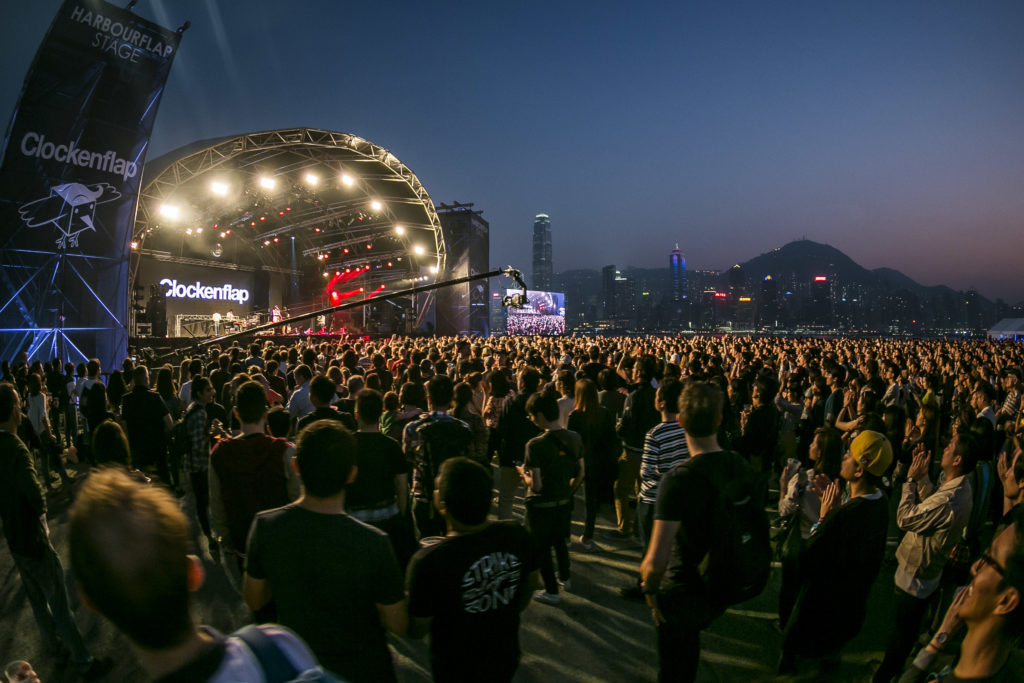
Clockenflap Music & Arts Festival Hong Kong
Outdoor entertainment is no longer bound to theme parks or one-day concerts. While festival organisers and promoters may be forced to invite popular acts in the past, they now hold the force to introducing and discovering new acts. There’s a risk to introducing new acts as it may also put off festival goers who may not be as interested in unsigned acts. However, Asia has proven to be receptive to new and more alternative acts in recent years and are no longer the deal breakers to attending a festival.
Wonderfruit in Thailand focuses on organic and healthy green living and is a fun weekend away from the city where families get to enjoy yoga, good food, monstrous art displays and variety of music curation. Clockenflap Music & Arts Festival curates a diverse and alternative line-up come November that includes Higher Brothers, a rap group from Chengdu, Tinariwen from the Sahara Desert of Mali, and Mitski a Japanese American from Brooklyn alongside many other interactive activities sponsored by lifestyle brands [Levi, Kiehls, Adidas, Camper]. Apart from its location (right in the hustle and bustle of Tsim Sha Tsui), it has definitely made Disneyland seem out of the way and outdated. Clockenflap has not only organised one of the largest music and arts festivals in Hong Kong, it has become the largest powerhouse for booking artists and launching artists’ career.
New festivals like Sonar Festival in Hong Kong took place earlier this year in April and saw a huge turnout enjoying all-electronic-programme introducing acts such as Hong Kong’s No. 1 DJ Frankie Lam, new age DJ Choi Sai-ho, and Japanese DJ Daito Manabe. Hong Kong hasn’t seen a credible electronic music festival just yet and festival organiser – Magnetic Asia (who also organises Clockenflap) – took a bold step forward and followed the electronic dance wave circulating the Asia region at the moment.
More established festivals such as Djakarta Warehouse Project [DWP] in Indonesia is continuing its effort to break the norm promoting new acts alongside internationally renown acts like Tiesto, Steve Aoki, Flosstradamus, Hardwell, Flume, and Marshmello come December this year. DWP attracted over 90,000 attendees last year and remain a household name for the festival in Indonesia.
When it comes to fun, no one does it better than ITS THE SHIP. Created and organised by Malaysia-based company Livescape, the festival cruise hosts an electronic dance music line-up of international stars and DJs and promises almost 24 hours of curated programmes. It leaves the Singapore port and cruises along the Straits of Malacca heading northwards.This year, the cruise will be docking its guests at Phuket for a fun island party before heading back to Singapore.
UnUsuaL Entertainment and Live Nation in Asia have focused on promoting stadium-capacity concerts reviving and touring artists from the U.S, Hong Kong, Korea, Japan, Malaysia and Taiwan. including the likes of Jackie Cheung, Backstreet Boys, Taeyang, Imagine Dragons, Bruno Mars and more. Originated from the U.S., Live Nation is a long time player in the live sector and are expanding its offices in Asia sharing its part in supporting and touring Asian artists. Bruno Mars 24K Magic tour in Asia for 2018 has already sold out in Hong Kong, Kuala Lumpur, Singapore, Manila, Macao and Japan.
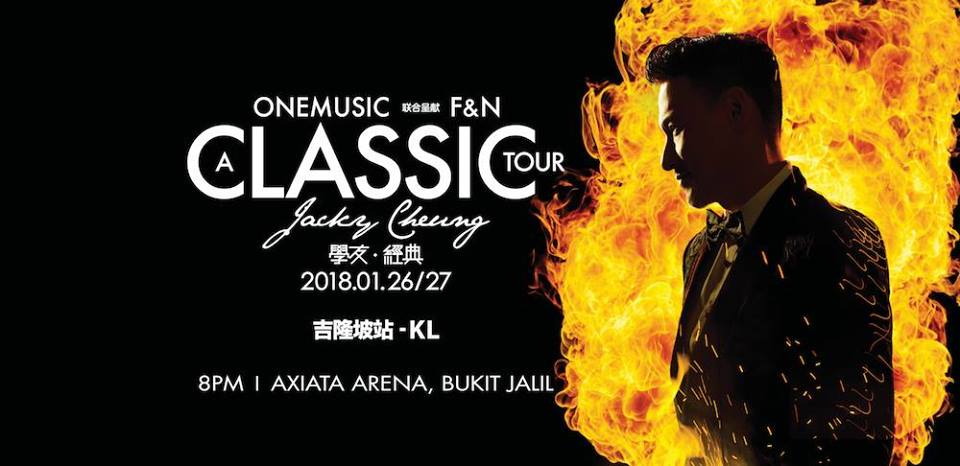
Jackie Cheung Returns to Kuala Lumpur
Just over a small span of time, Asia has grown its musical and entertainment tastes offering more variety of festivals and concerts to suit its large audience. The continent itself offers a variety of culture and language and it’s about time its musical tastes is as varied as its people. Budget airlines and accommodation and cheaper festival tickets are closing the gap between these countries making Asia a smaller playground compare to how we travel to festivals and concerts just a decade ago.
Whether you are at a club in Beijing checking out one of China’s coolest DJ, hanging out on the beach at Bestival in Bali, cruising along the Straits of Malacca on ITS THE SHIP or at downtown Tsim Sha Tsui for Clockenflap. The fact that all of these festivals are affordable due to cheaper flights via budget airlines, accommodation are just some of the coolest factor why Asia’s festival culture is at its hype.
Asian artists now stand a better chance performing closer to home, at the same time, allowing more opportunities for locals to see their homegrown acts perform. The LIVE music industry in Asia, with China taking the lead, will continue to see growth via its demand for more local content. While it may still take time for the whole ecosystem to come full circle, there is no doubt that streaming services are also playing a role, creating localised playlists as well as supporting local music in each market.
Let us know what you think about the article above? If you think we have missed out some incredible festivals in Asia and deserves a mention, we would love love love to hear from you.

![[Goldfish & Blink. Image courtesy of Ultra Music and Rukes]](https://www.musicpressasia.com/wp-content/uploads/2018/09/cropped.png)
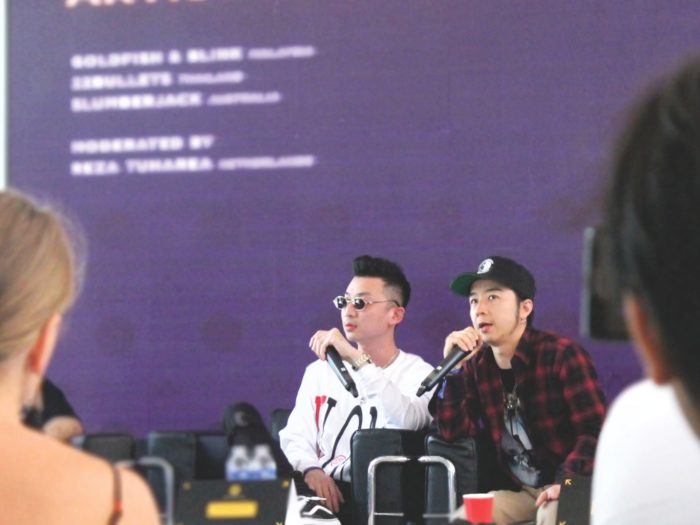

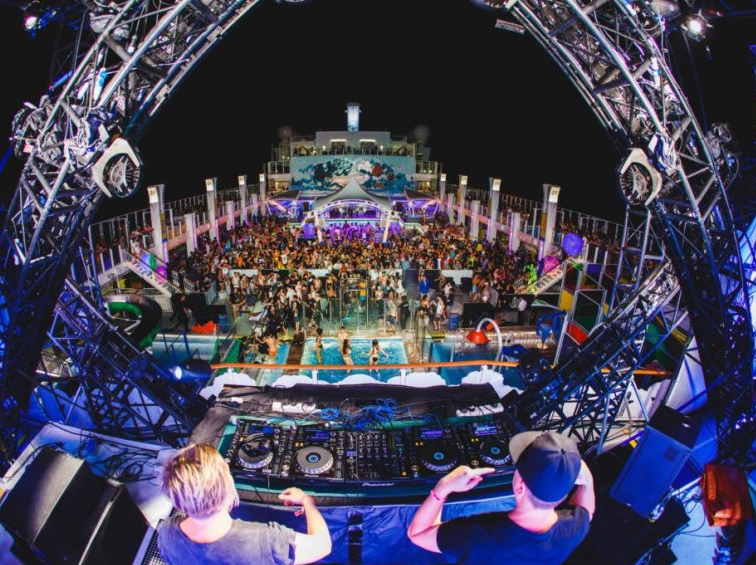

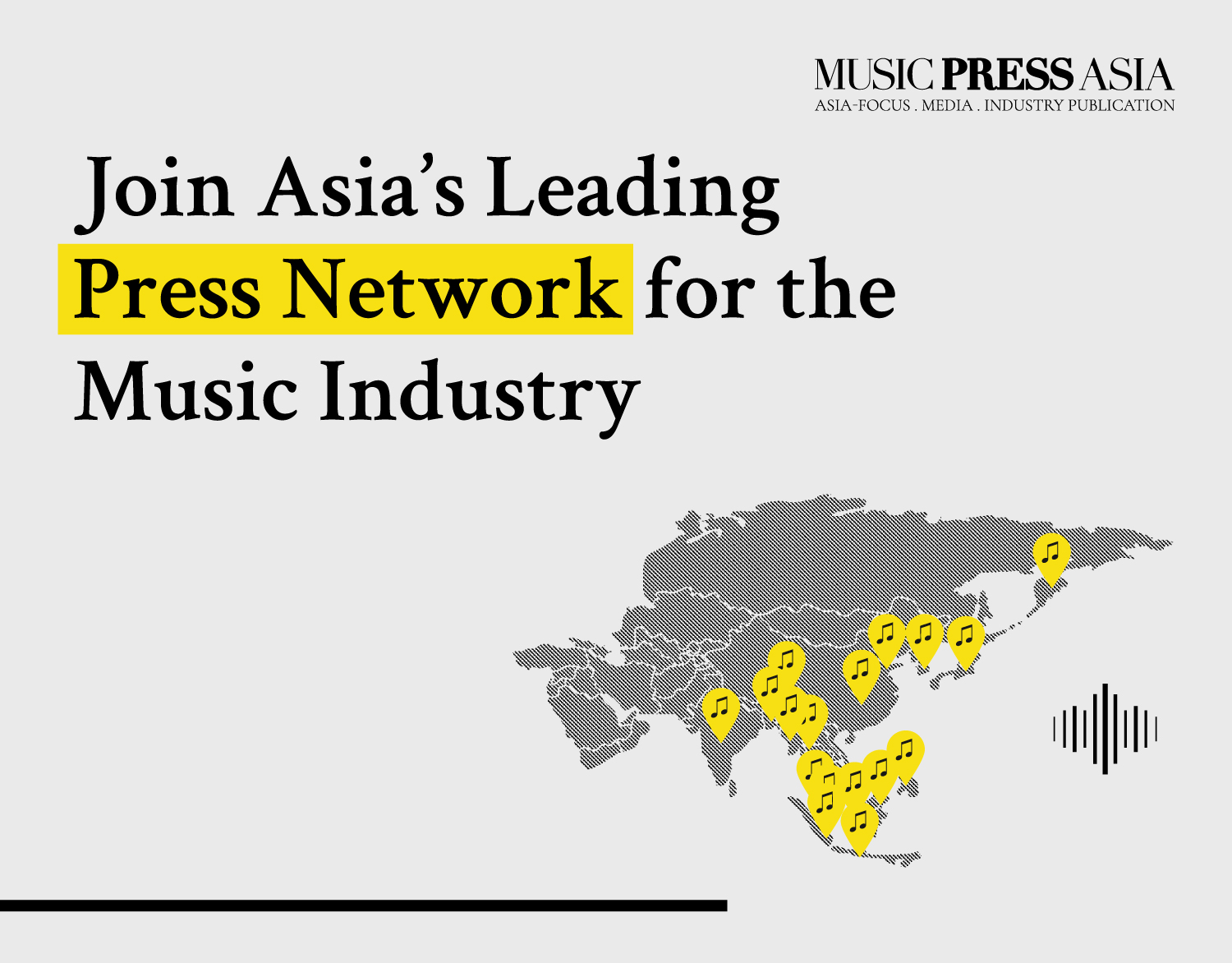
![[Goldfish & Blink. Image courtesy of Ultra Music and Rukes]](https://www.musicpressasia.com/wp-content/uploads/2018/09/cropped-150x150.png)


